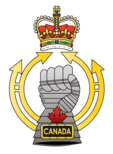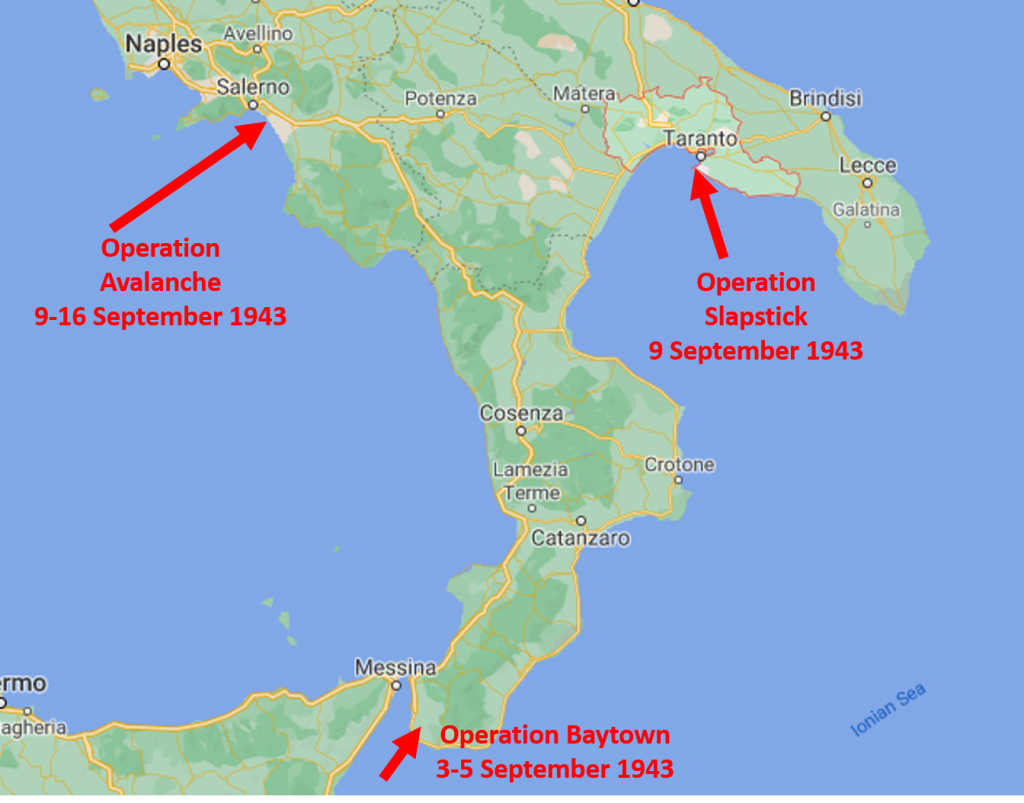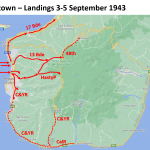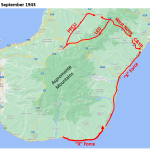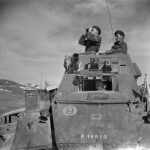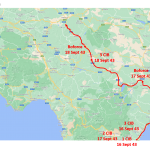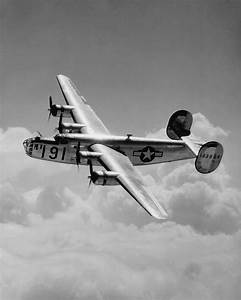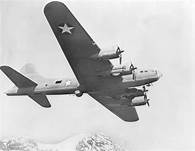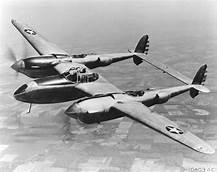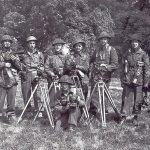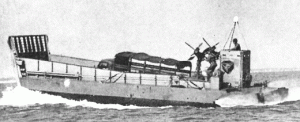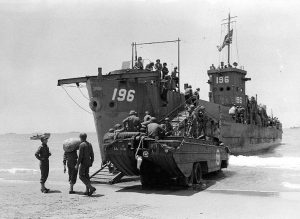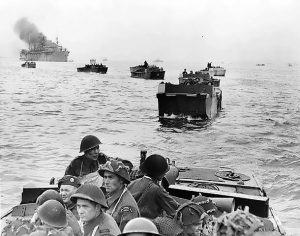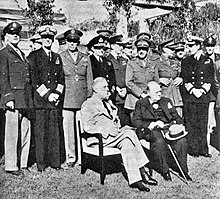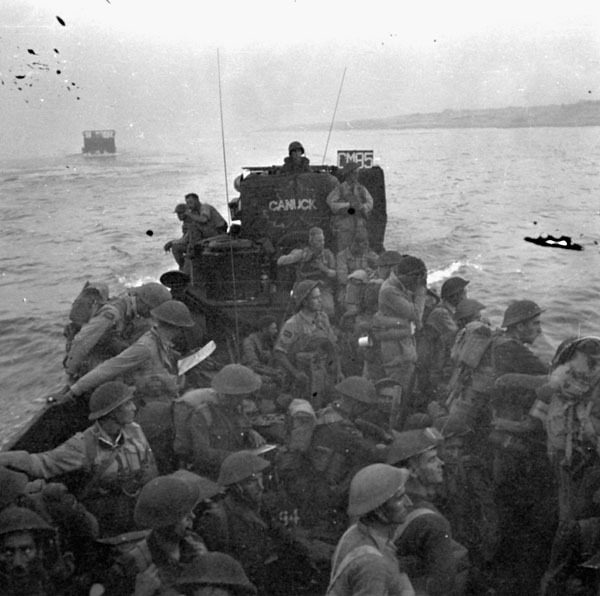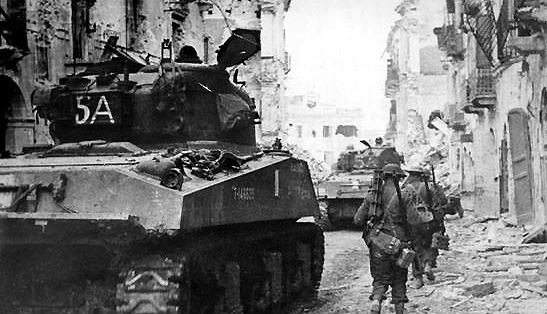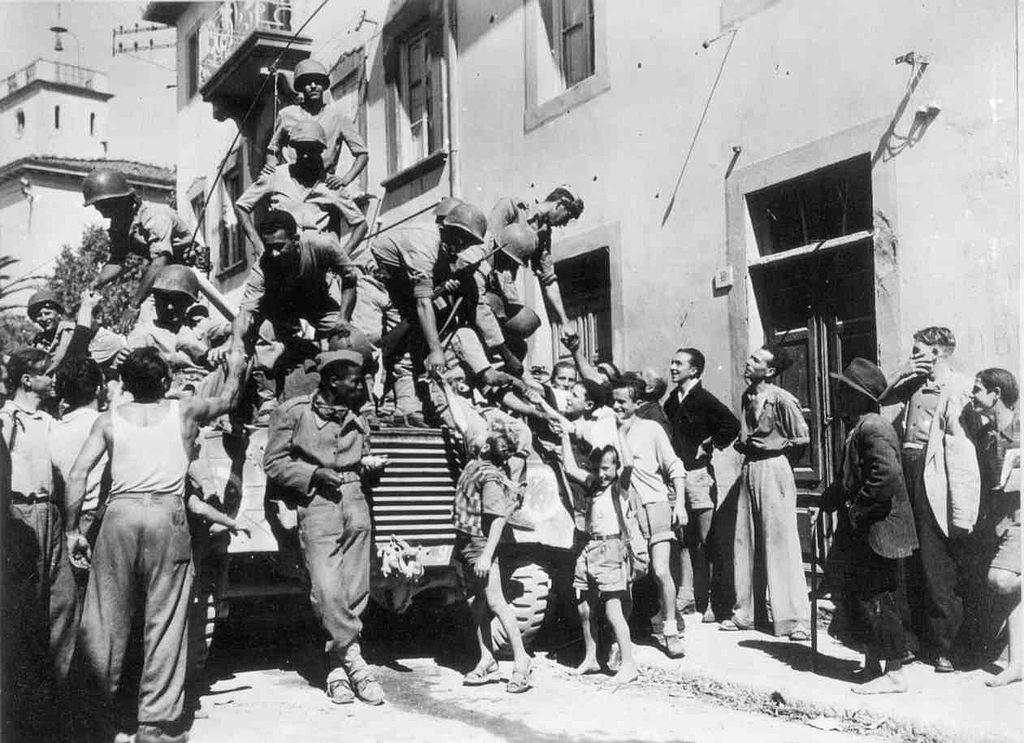When both the US and the Commonwealth forces met at Casablanca, they agreed to invade Sicily (Operation HUSKY) but future Mediterranean operations had not been determined. After the success at Sicily and fall of Mussolini – the Americans agreed that limited operations should be taken in the Mediterranean theatre. This led to the plan to invade Italy and take that country out of the war.
The initial plan was to cross from Sicily to the Taranto area and proceed with a limited operation. With the fall of both Mussolini and the Italian Facists, a more aggressive stance was envisioned. The plan changed into a more complex operation.
Landings had to take place under fighter protection so the landings had to be within 180 miles of the Sicilian airfields. Operation AVALANCHE had the American Fifth Army landing at Salerno on 9 September and Operation. BAYTOWN was launched against the Reggio area by the British XIII Corps which included the 1st Canadian Infantry Division.
